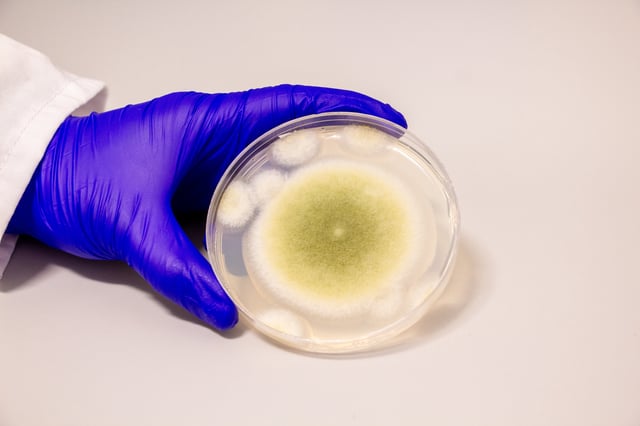Overview
- University of Pennsylvania researchers isolated RiPP molecules from Aspergillus flavus and engineered them into a new class of asperigimycins.
- Two of four asperigimycin variants killed leukemia cells effectively in vitro, and a lipid-modified version matched the performance of cytarabine and daunorubicin.
- The gene SLC46A3 serves as a gateway that enables asperigimycins to enter leukemia cells in sufficient quantities.
- Laboratory tests reveal asperigimycins block microtubule formation to halt cancer cell division while showing minimal effects on other cancer types and microbes.
- The team is advancing asperigimycin testing in animal models with the aim of human clinical trials and has identified similar RiPP gene clusters in other fungi to guide future drug discovery.


